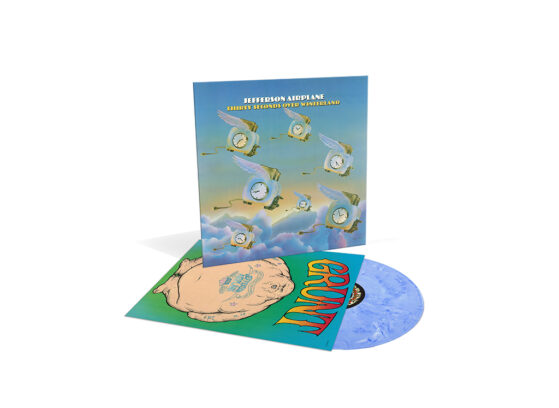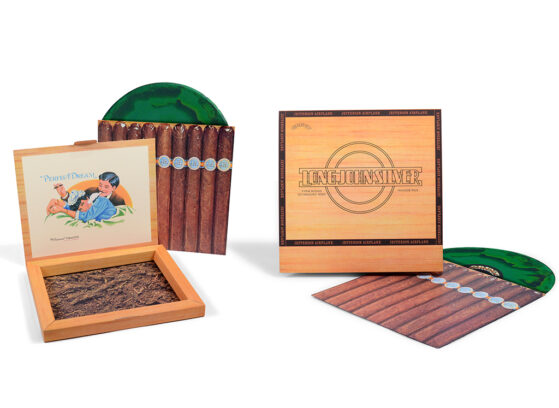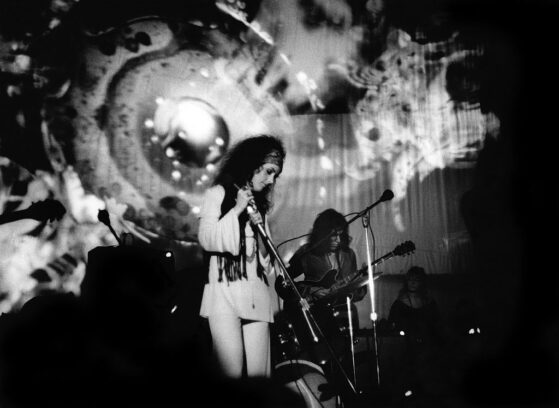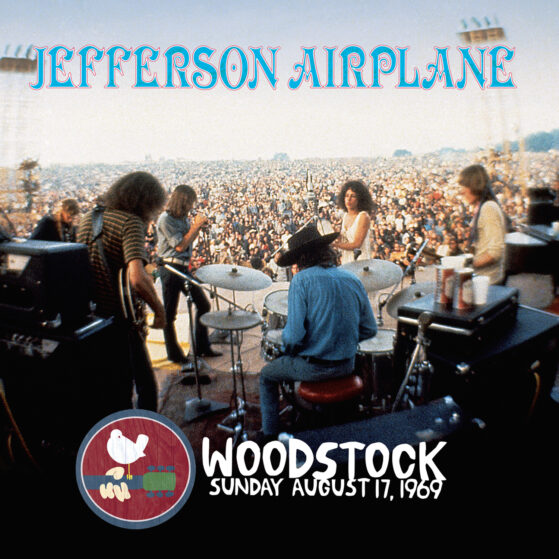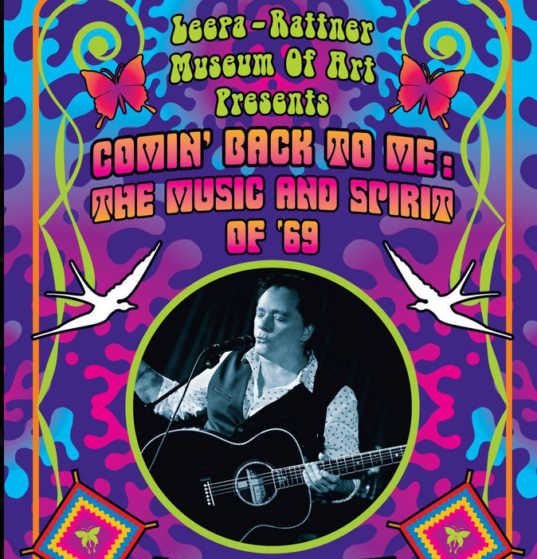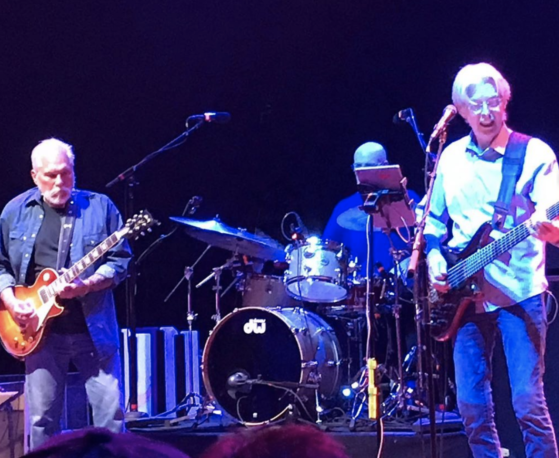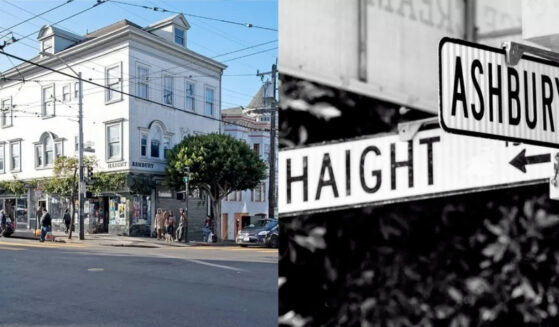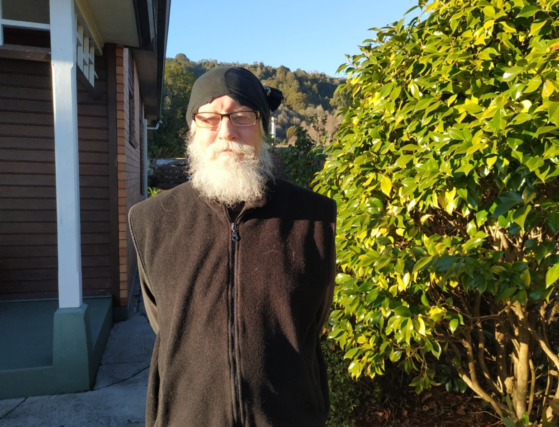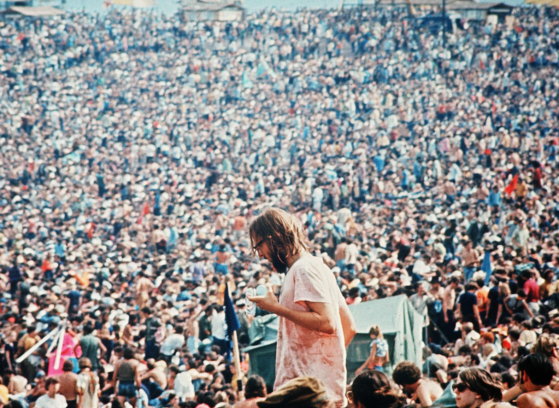
Directors Cut of Woodstock Documentary, Featuring Unseen Jefferson Airplane Performance, Returns to Theaters for One Night Only, Aug, 15th
The upcoming 50th anniversary of Woodstock has been somewhat complicated. There’s a high percentage that Michael Lang’s festival might not happen (if you’re David Crosby, you’re almost certain of it). Thankfully, the original festival’s 1970 documentary will hit theaters nationwide for one night only, where it’s possible to celebrate the anniversary in the comfort of a soda-soaked theater chair. Woodstock: The Director’s Cut will screen on August 15th at 7:00 pm local time.
Directed by Michael Wadleigh, this is the first nationwide screening since the film was originally released. The director’s cut stretches out to three hours and 44 minutes and includes legendary performances by Janis Joplin and the Jefferson Airplane that weren’t featured in the original. Other artists includes Crosby, Stills, Nash and Young, the Who, Santana, Canned Heat and Jimi Hendrix — who famously closed the festival after a searing rendition of “The Star Spangled Banner.
Continue Reading The Full Article:
1970 Woodstock Documentary Will Head to Theaters for One Night Only
